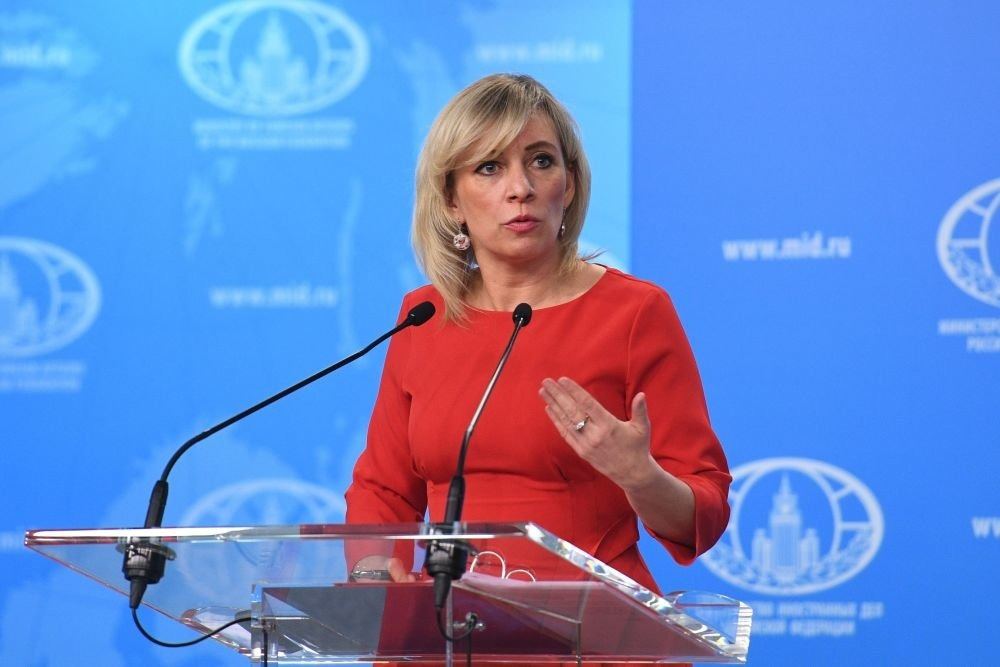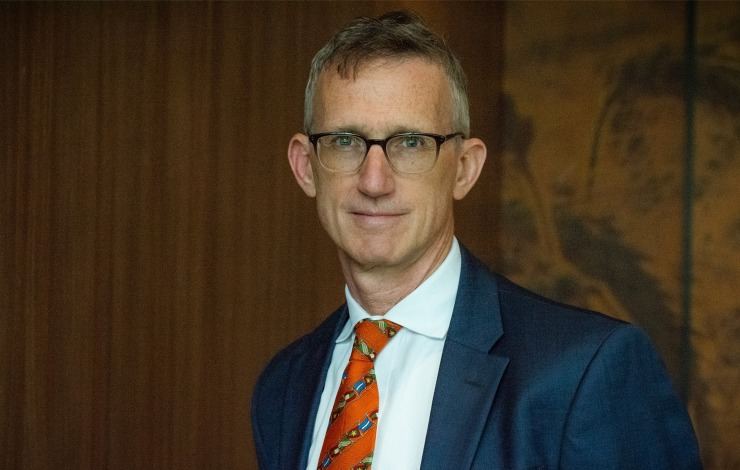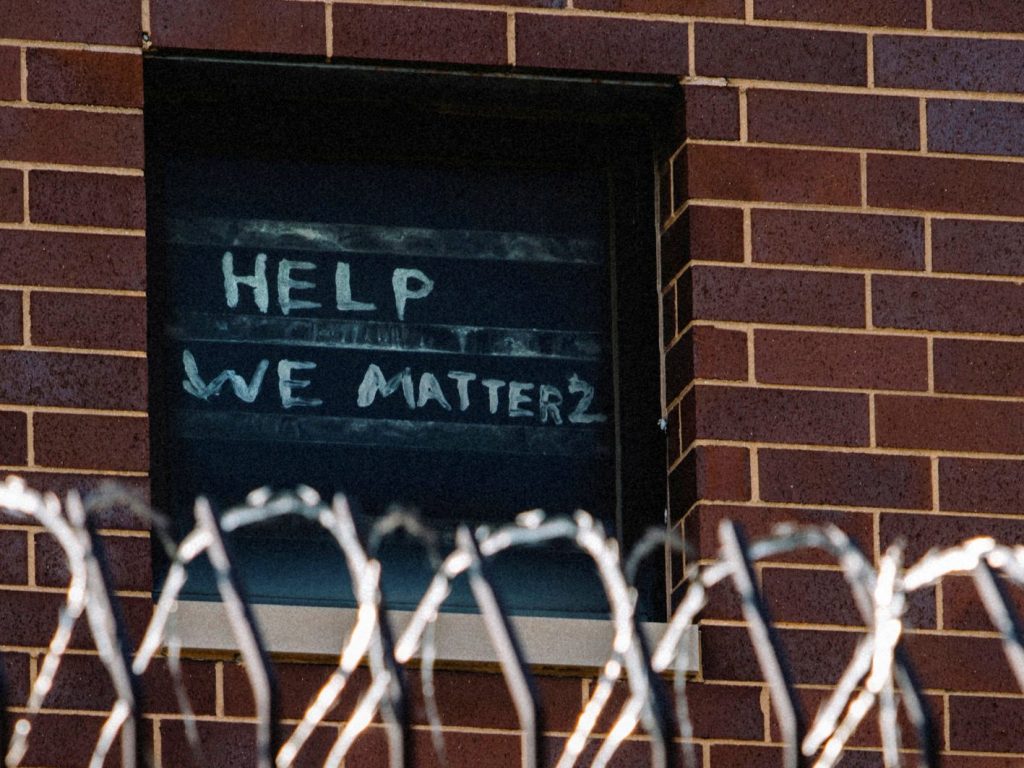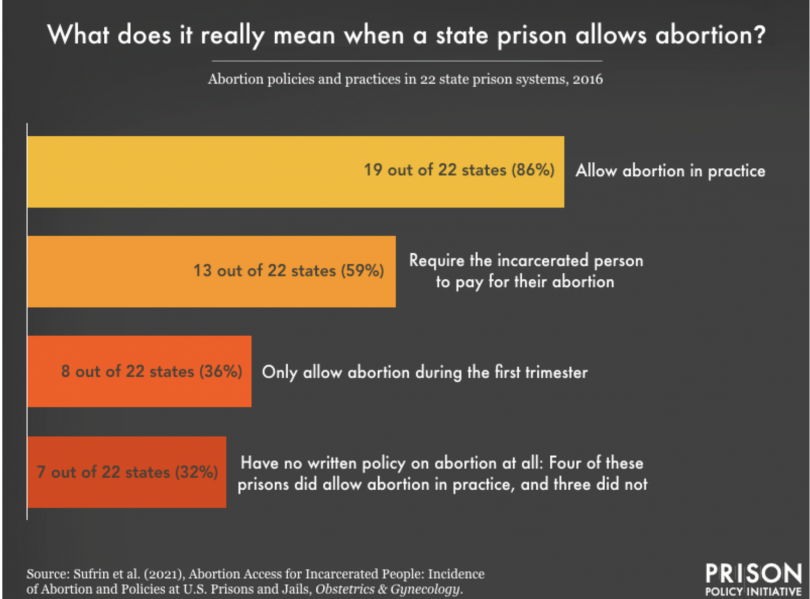
BAKU, Azerbaijan, Dec. 13
Trend:
The so-called "Summit for Democracy" was held at the initiative of US President Joe Biden on December 9-10. From the very beginning, its holding was perceived with a grin as such countries as Azerbaijan, Turkey, Hungary and China were not invited to it. The process of organizing of the US-initiated so-called "Summit for Democracy" is absurd. The US wants to present itself to the world as patron of democracy. Allegedly, the US, rather than all countries, is on the guard of democracy in the world.
The states, deliberately not invited to the so-called "summit", expressed their opinion on this issue at various official levels.
The US is destroying the system of international relations based on international law and the central role of the UN, spokesperson for the Russian Foreign Ministry Maria Zakharova said, Trend reports.

"The facts show that the US and its allies cannot and must not claim to be a "beacon" of democracy as the US hase chronic problems in the field of freedom of speech, electoral system, corruption and human rights," the official website of the Russian Foreign Ministry says.
China has also expressed an official position on this issue. The Chinese Foreign Ministry said the US goal is hegemony, rather than democracy.
In turn, Thailand officially expressed condemnation and regret. It was not invited to the summit either.
The international experts and the media outlets expressed ambiguous attitude towards the ambivalent approach of the organizer of the so-called "summit".
Expert in foreign policy and security Ted Piccone stressed that the participation of some invitees was obvious to counter the Chinese influence. For example, the US ally - the Philippines has one of the lowest democracy index among 15 countries in East Asia and the Pacific.
As for Poland, its overall index has decreased by about 10 percent since 2015. Despite this, the White House invited Warsaw to the so-called "summit". The author of the article said that as a reason, it is possible to assume that Poland plays an important role as a support against Russia in NATO.

The author of the article stressed that the invitation of the Democratic Republic of the Congo to the event is also surprising. It ranks 137th out of 139 countries in terms of overall rule of law and has the worst ranking among African countries.
In an article posted by the Washington Examiner news agency, correspondent Katherine Doyle stressed that the inclusion of the issue of combating corruption on the agenda of the so-called "summit" raised many questions amid major corruption scandals around Biden’s family.
For example, Biden's son's firm invested in the Chinese companies that fell under the US sanctions, so ethics experts repeatedly demanded transparency from the White House on Hunter Biden's transactions.
An ambiguous attitude towards the so-called ‘summit’ was expressed in the US as well. New York Times correspondents Michael Crawley and Zolan Kanno-Youngs stressed in their articles that Biden plans to cooperate with Congress to spend about $424 million to support foreign independent media, fight against corruption, help activists, develop technologies and protect fair election.
Even the US officials admit that among other problems, political polarization, racial injustice, restrictions on voting rights and internal extremism are being aggravated in the US. Some activists called on Biden to pay more attention to the internal problems than external ones.
Bekir Ilhan, expert on international security and military innovation at the Turkish Anadolu news agency, stressed that a third of 110 countries invited by Biden’s administration to the so-called "Summit for Democracy" in December had low figures on the democratic criteria set by Freedom House. The real goal of the organizers of this event is to create a common vision of "democracy" in Washington’s interests.
Time magazine correspondent Debasish Roy Chowdhury wrote in an article that the President of the United States, the forces of which have recently left Afghanistan and which concluded a $650 million arms deal with Saudi Arabia, thought it a good idea to hold a two-day virtual meeting on democracy.
However, the invitation of the worst countries for democracy can not be explained. More than 30 percent of 110 invited countries were classified as "partially free" by the US-based Freedom House non-profit organization.
According to an article published by TASS news agency, the so-called "Summit for Democracy" is more like a piece of US foreign policy PR.
Some human rights activists were dissatisfied that democracy issues would be discussed at a political level, rather than at a public one.
Taking into account that a big part of the summit would account for three-minute speeches of invited leaders of the countries, there would be little time for activists.
A number of critical remarks about the summit were spread on social media. US economist Janet Yellen announced about the creation of the Anti-Kleptocracy Fund to "reward people who can report where corrupt foreign leaders are hiding their money in the US".
The so-called "summit for democracy" organized by Biden does not have any credibility, given Washington's experience of violation of democracy and human rights around the world. This so-called "summit" has been named "the latest provocation of the new Cold War."
Such a statement was made that such a selective invitation of countries to this event testifies to the US weakness and its inability to resist the undermining of the authority of its foreign policy at the UN.















